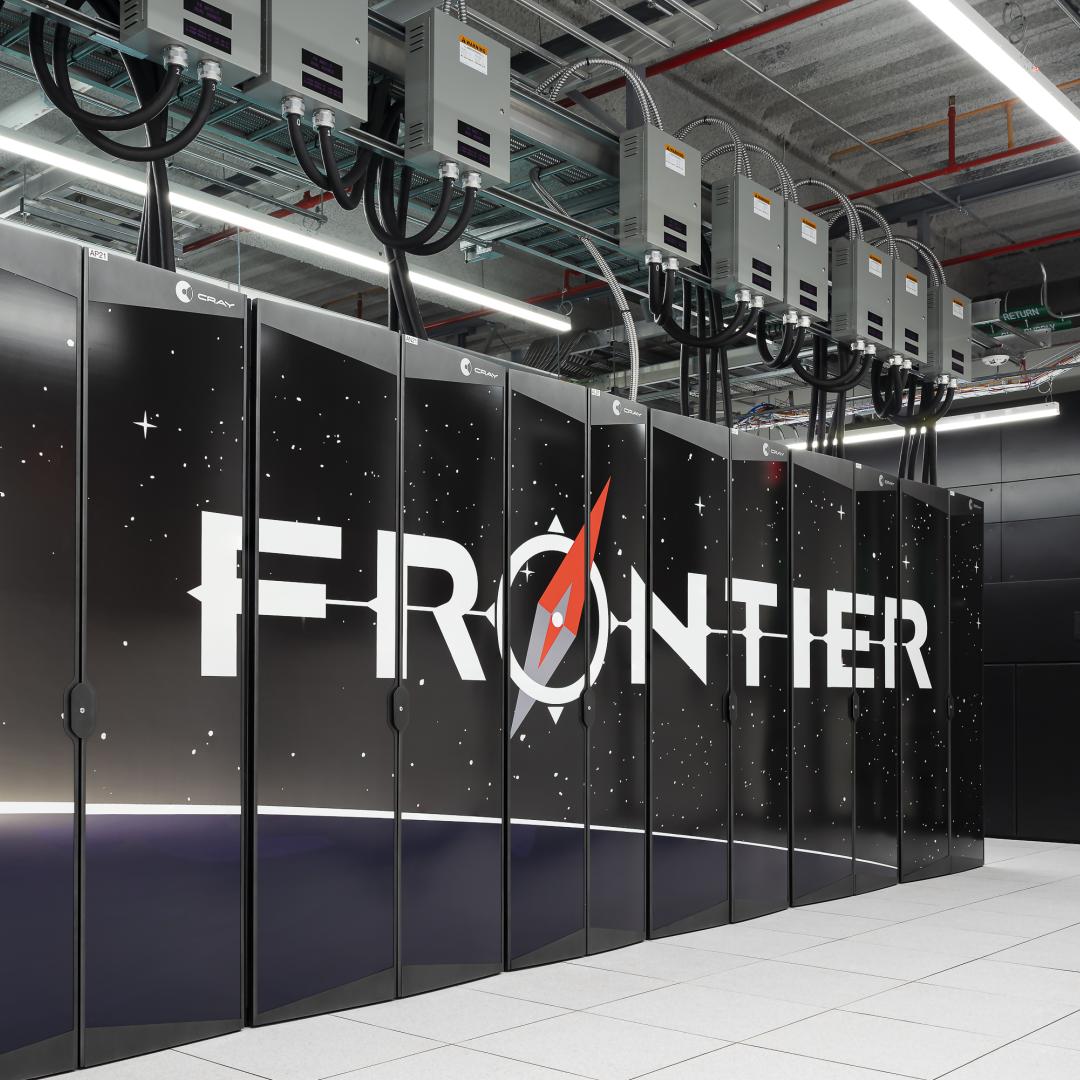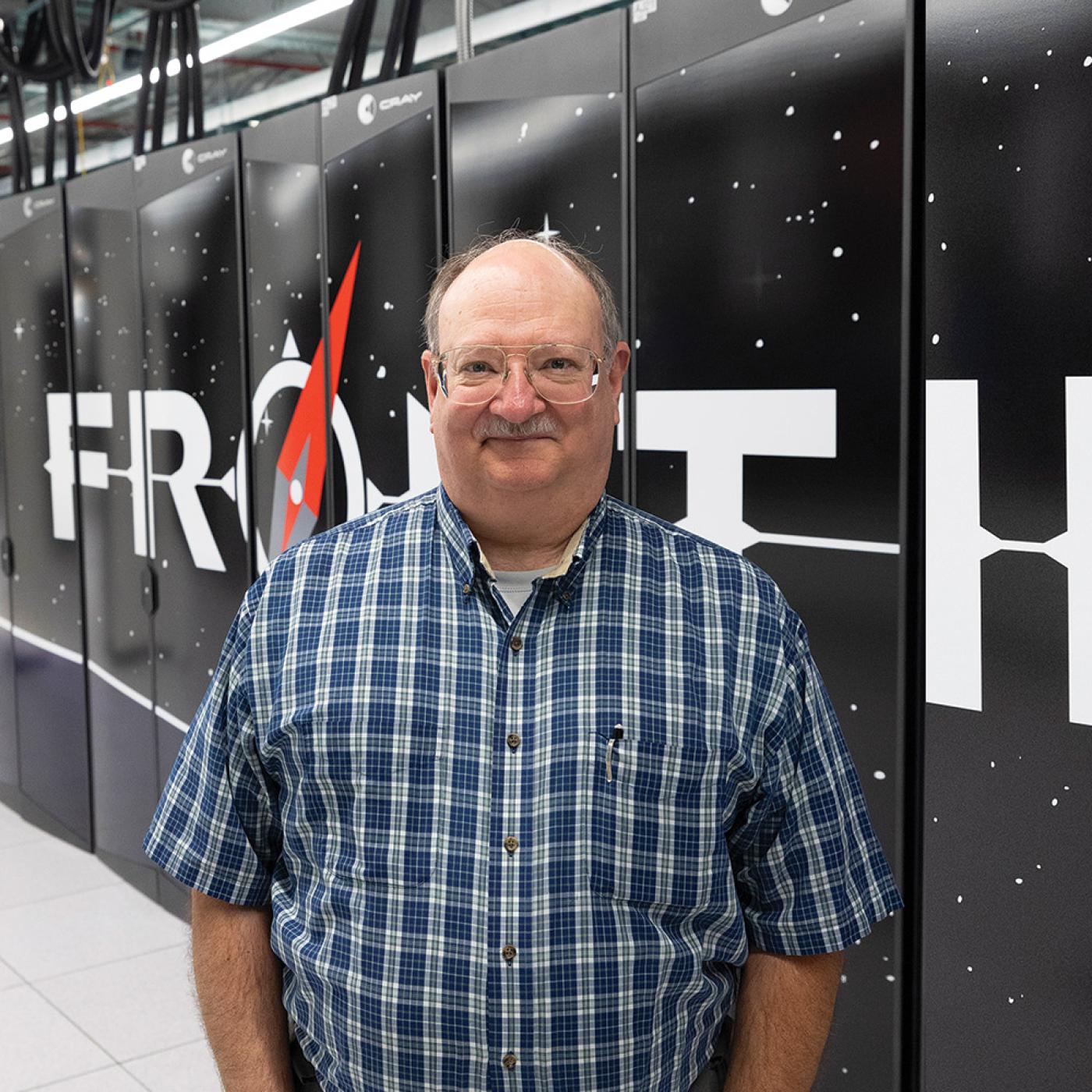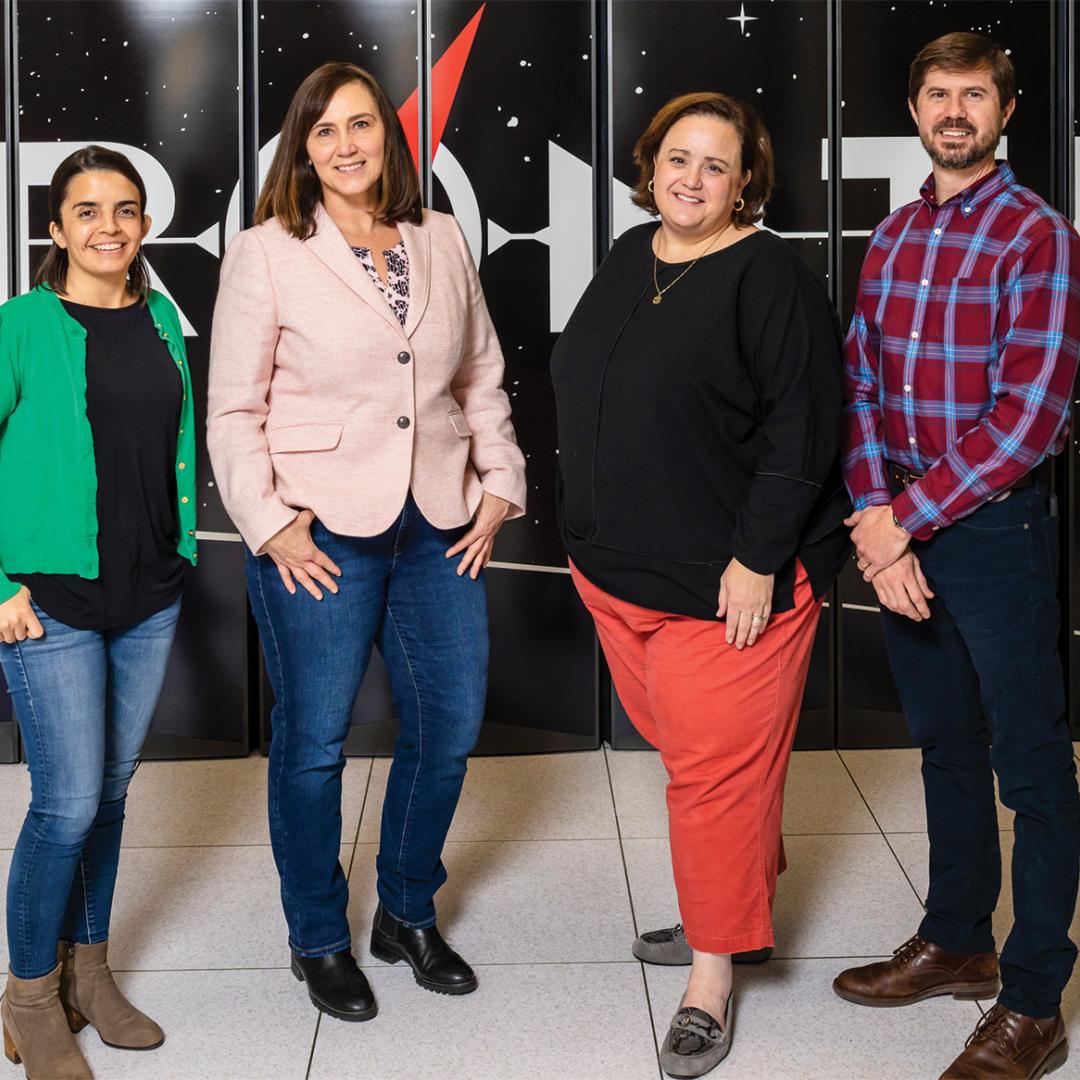Filter Issues
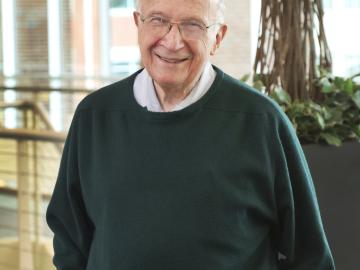
Roald Hoffmann, a corecipient of the 1981 Nobel Prize in Chemistry, is the Frank H.T. Rhodes Professor of Humane Letters Emeritus at Cornell University. Having survived World War II, he came to the U.S. in 1949. Besides his scientific achievements, Hoffmann is an accomplished author who has publishe...
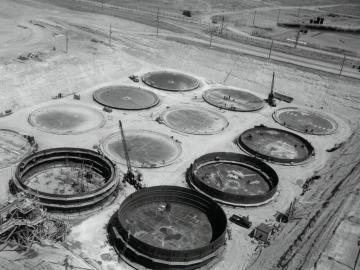
Over four decades in operation, the Hanford Site in eastern Washington state had as many as nine nuclear reactors at a time working with five processing complexes to produce plutonium for America’s nuclear arsenal.
On the other side of the country, the Savannah River Site in South Carolina ...
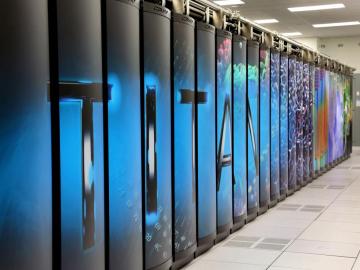
The waste tanks at Hanford and Savannah River may not be DOE’s only environmental challenge, but they’re at the top of the list.
Hundreds of tanks hold 90 million gallons of highly radioactive, extremely toxic liquids and sludges. The tanks are in constant flux, although they are nowhere ne...
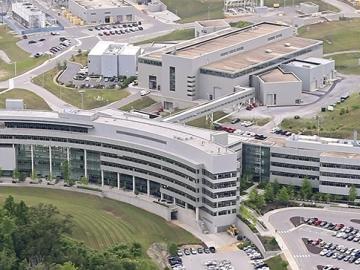
The world below our feet can be as important as the one we see around us. It provides many things we need, including drinking water, but it also carries contaminants that poison that water.
Much of what we know about underground contamination comes from scientists such as geochemist David Wesolow...
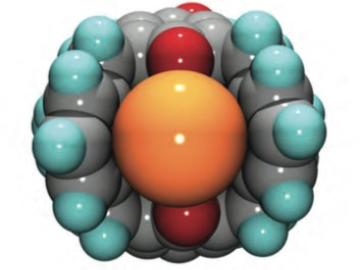
A scientific breakthrough by ORNL researchers is allowing millions of gallons of dangerous waste in South Carolina to be removed from the environment and processed for safe disposal.
The waste is a toxic, highly radioactive soup left over from the Savannah River Site’s days creating and processin...
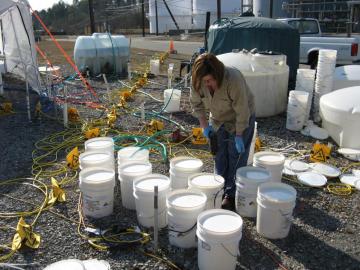
Soybean oil is especially versatile. It fries chicken. It makes a tasty salad dressing. Believe it or not, it can remove uranium from groundwater, too.
ORNL investigators have developed a method for reducing both nitrate and uranium in groundwater by using the energy found in soybean oil. Their a...

ORNL’s Vehicle System Integration Laboratory evaluates new vehicles before they exist. Simulated real-world conditions combine with advanced data collection to give engineers the information they need, both on individual components and on entire systems. As a result they can create high-performance,...


